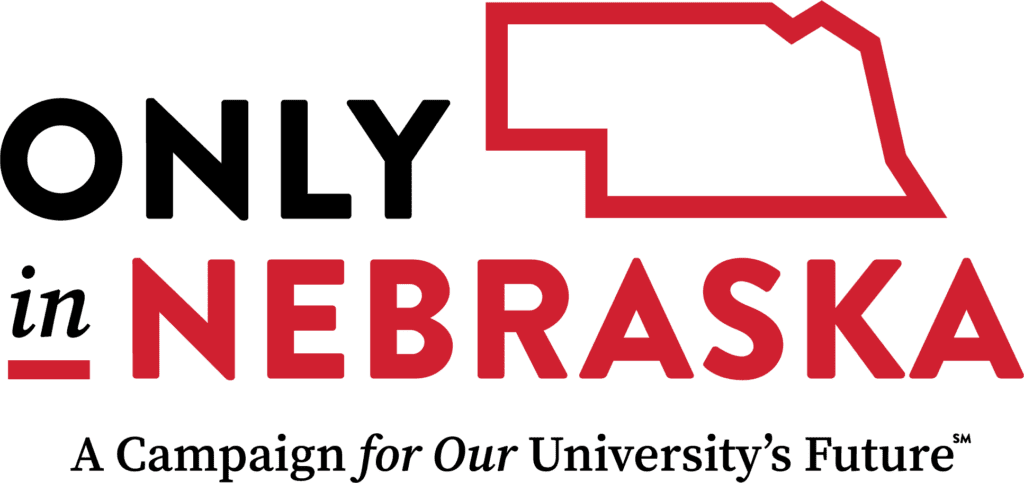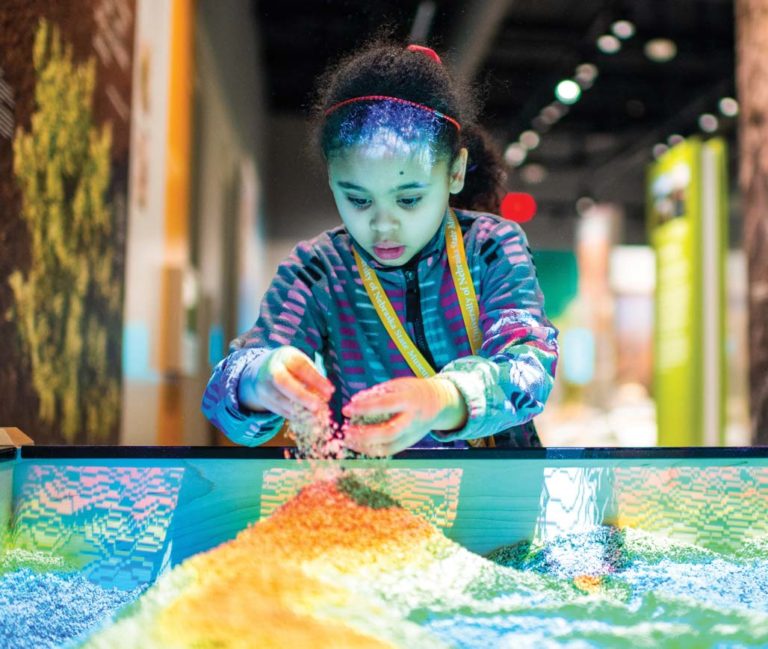“You can’t aspire to have a career you don’t know about or haven’t tried out,” Weller said. “Cherish Nebraska opens visitors’ eyes to the diverse kinds of STEM careers already out there – typically in a fun, engaging way. Who knew there’s a career studying fish guts to discover parasites? Or that you could be paid to collect snow to predict spring melt run-off?
“We’ve heard many stories of how visits to the museum inspired careers in a variety of science professions. For those who didn’t become scientists, the museum still has been central to their appreciation of fossils and other wonders of the natural world. Our hands-on science exploration zone encourages children to be scientists themselves, ask questions, and search for answers. Our visitors are encouraged to ‘do’ science – that’s the most fun part.”
Morrill Hall served over 94,700 visitors in fiscal year 2018, Weller said, and about 22,000 of those were Nebraska students. Morrill Hall also served an additional 1,800 students with its virtual field trip science programs.
Lead donors for Cherish Nebraska are the Hubbard Family Foundation, the Claire M. Hubbard Foundation and Ruth and Bill Scott. Others supporting it include the Don Dillon Family Foundation, the Sunderland Foundation, Mark and Diann Sorensen and Nebraska Environmental Trust and the Friends of the State Museum.
Until the opening of Cherish Nebraska, the fourth floor of Morrill Hall had been closed off to the public for more than 50 years.
Wipf said her daughter had been looking forward to going to Morrill Hall because her dad had been talking it up to her for months. He’d told Lilli how, when he was a kid, he and his father would send fossils they found exploring the creek beds around Weeping Water to the scientists at Morrill Hall.
After going to Morrill Hall that March day, Wipf said, Lilli came home and talked it up to her little sisters.
“Lilli absolutely loved it,” she said. “She was so excited that she came home and told her dad and her twin sisters all about it. Of course, the fourth floor was the main topic. She even wanted me to buy a season’s pass.”
The family, she said, is now planning a return trip to Morrill Hall this summer.
“It’s just such an amazing museum,” Wipf said. “Honestly, I think a lot of kids who go there will now consider more science careers because of how interactive it is – we probably could have spent three or four hours just on the fourth floor.
“We can’t wait to go back.”






